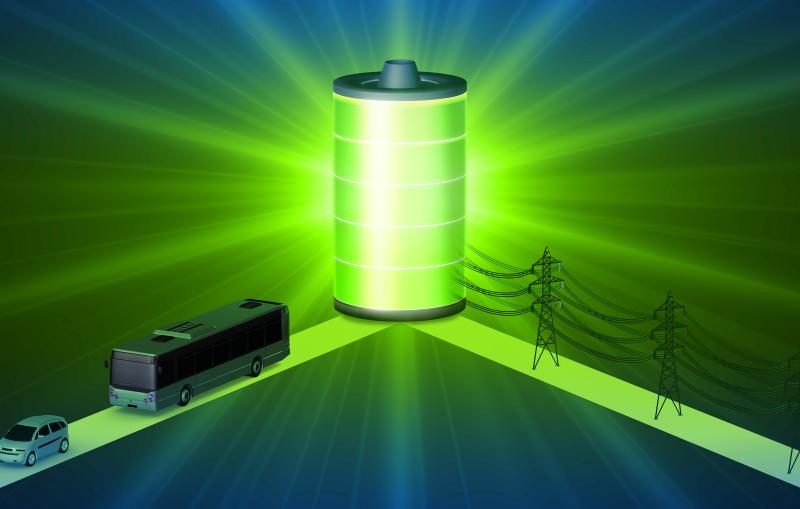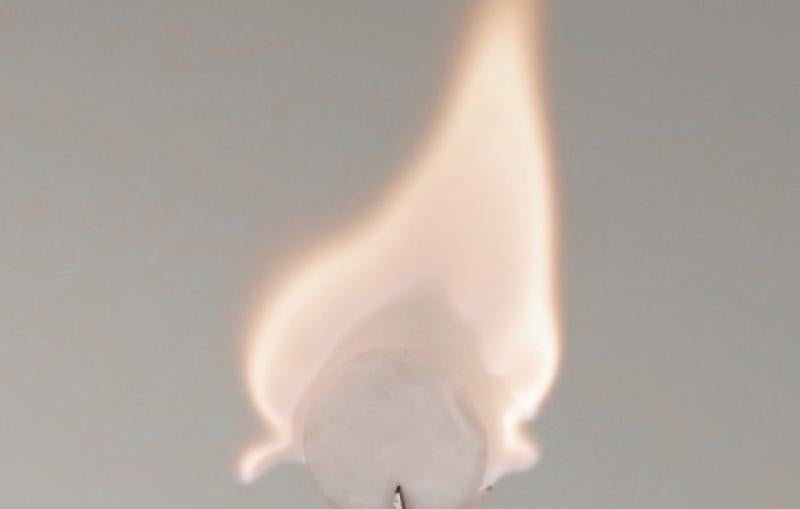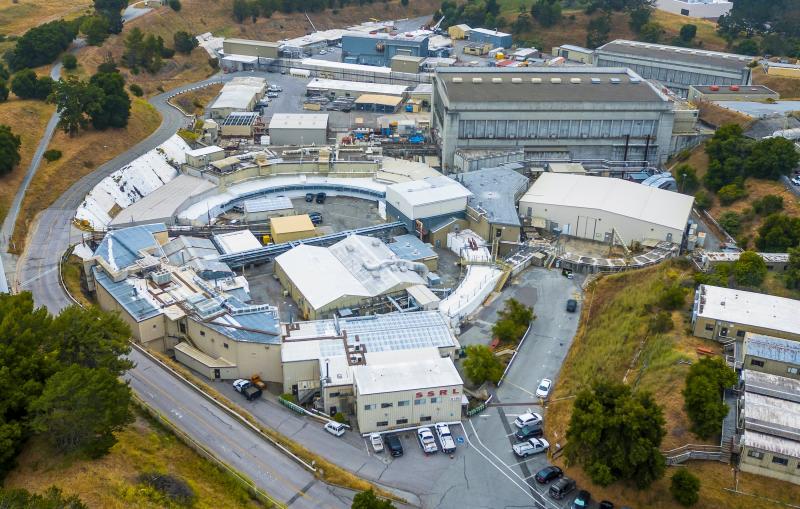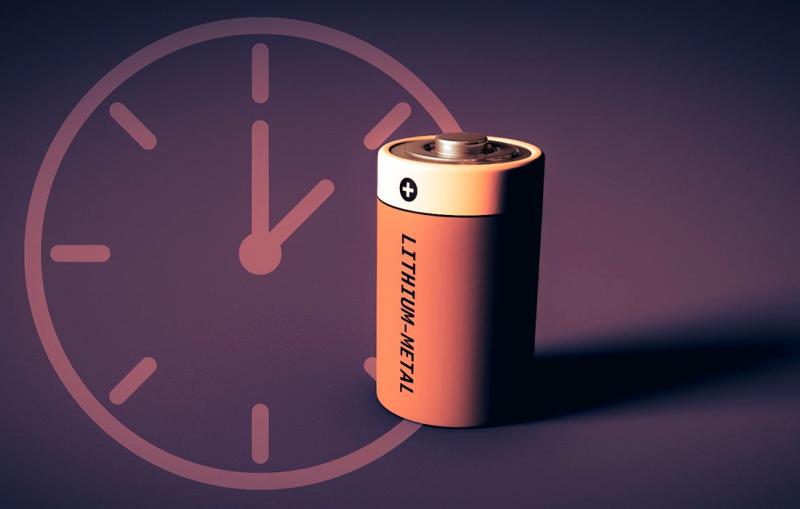



Batteries and similar devices accept, store, and release electricity on demand. Scientists are using new tools to better understand the electrical and chemical processes in batteries to produce a new generation of highly efficient, electrical energy storage.
Related links:
Energy & sustainability news collection
Energy sciences
DOE explains...batteries



